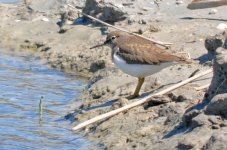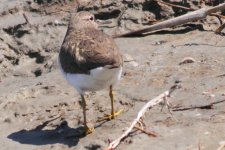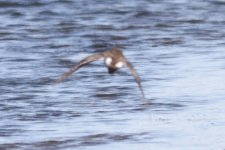fotoemin
Active member
We've been birding in Turkey for a while and today at Kaldirim, a lagoon lake at southern Turkey, Yumurtalik lagoons, Adana we saw this bird. In our opinion it seems to be like a Spotted Sandpiper but as there's only one accepted record in Turkey, it's a mega. So we want to be sure of its ID and hope this photos are enough to identify it.








